Teaching first aid to children in sub-Saharan Africa
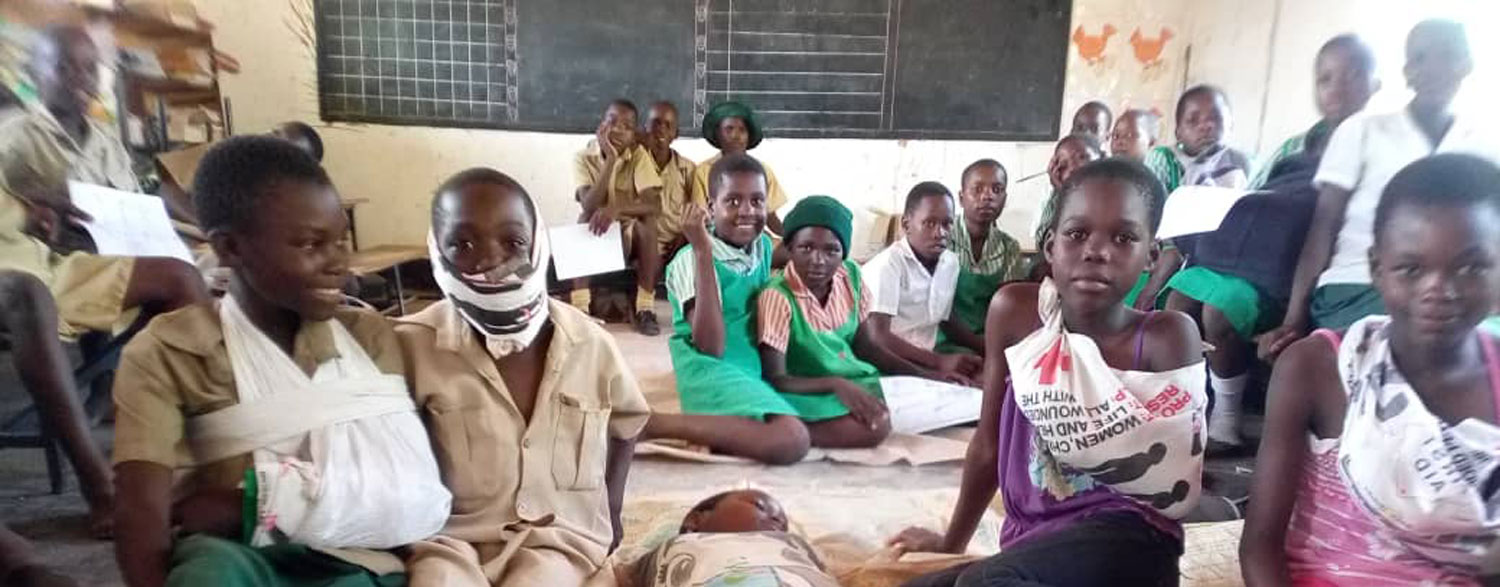
The Centre for Evidence-Based Practice (CEBaP) is a non-profit global centre in Belgium that supports humanitarian and development aid activities using scientific evidence.
CEBaP was launched in 2009 and currently consists of 10 enthusiastic researchers, with Emmy De Buck as team lead. The team works on the development of systematic reviews, evidence-based guidelines and primary field research relevant to the aid sector, ranging from emergency aid to blood supply. ‘The aid sector often relies on tradition, intuition or goodwill. In order to provide aid with impact, CEBaP constantly identifies proven effective and cost-effective approaches, and our operational colleagues of the Belgian Red Cross translate our research findings into practical materials for the field’, says Emmy.
According to the World Bank, first aid training is a cost-effective way to decrease the burden of disease and injury in low- and middle-income countries. Since evidence from Western countries has shown that children are able to learn first aid, in 2017 CEBaP started a project to develop educational materials to train children in first aid within the sub-Saharan African context. CEBaP researcher Jorien Laermans, who was involved in this project, explains the approach:
‘We developed a range of evidence summaries concerning the appropriate age to train children in certain first aid interventions, such as seeking help from an adult, providing first aid in case of a burn or bleed, etc. Based on these evidence summaries, we developed a first version of an educational pathway that indicates at what age children can reach certain objectives at the level of knowledge, skills and attitudes concerning first aid. In addition, we developed an evidence summary on effective educational interventions in low- and middle-income countries, based on existing systematic reviews.’
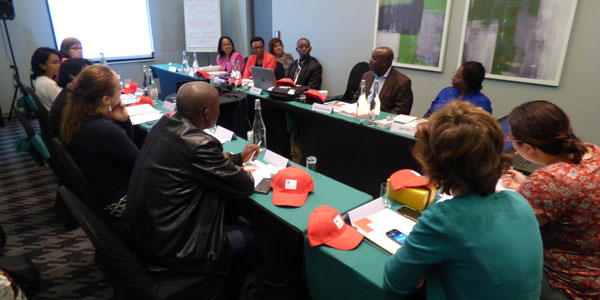
Elke Weyenbergh, from the Belgian Red Cross, joined Emmy and Jorien in Johannesburg, South Africa, where they hosted a panel with 12 African experts from different African countries. The panel was a mix of academic experts (in the fields of education, paediatrics and emergency medicine) and first aid experts from different African Red Cross National Societies, and was chaired by Dr Heike Geduld, head of the division of emergency medicine at the South African Stellenbosch University. During the meeting, the evidence was adapted to the African context, which resulted in an improved version of the educational pathway and a list of recommended educational methods and materials.
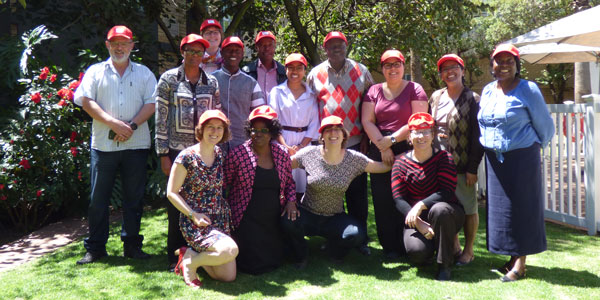
After the meeting, a draft training manual was developed, providing first aid trainers with a range of teaching methods and educational recommendations to teach first aid to children aged 12 to 16 years old. These materials were validated in a final conference call with the expert panel, during which they also helped to further contextualise several exercises and cases used within the manual.
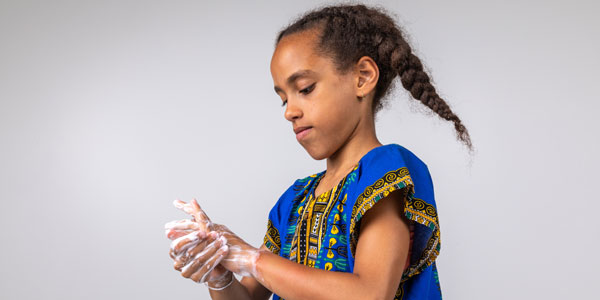
One of the successes of this project is that the educational pathway, together with the list of effective educational methods, was immediately used to develop teaching materials for first aid training for African children. The training materials were piloted in Zimbabwe, where trainers were trained (using the Training-of-Trainer (ToT) model) and then dispatched to different schools to provide two-hour training sessions to 12-to-16-year-old children. Based on observation and feedback from trainers and children (in terms of satisfaction, feasibility, appropriateness etc.), some final changes were made to the training manual. The project is currently being implemented in Zimbabwe, Malawi, Zambia and Lesotho, and further roll out in other countries such as Rwanda and Tanzania is being planned.
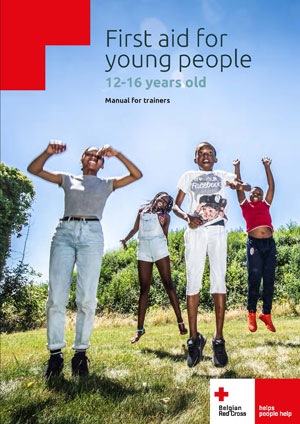
The implementation phase always starts with a ToT. Elke facilitated this training twice, ‘On the last day of the ToT, youth trainers are asked to give training to young people in schools, which allows us to check if they have achieved the required competencies. During that training project, it is wonderful to see how eager our youth trainers are, as well as the young people and local school teachers. The youth trainers enthusiastically apply the new teaching methods they learned during the ToT, the teachers are inspired to use these more activating teaching methods in other lessons as well, and the students are always super enthusiastic about learning first aid and about the teaching methods. They always immediately think of the people at school, but also at home in their community, whom they will be able to help thanks to this training.’

The children themselves appreciated the training and realised its usefulness, ‘This course was fun and educational blended together. It has taught me a lot on how to help someone in need and to help myself in the situation’ (Wendy, 15 years old).
In addition to the first aid training specifically adapted to children and to the context of Sub-Saharan Africa, this work also has important implications for policy. The educational pathway may be a useful tool for advocating the importance of first aid in health education with the Ministry of Health/Ministry of Education of Sub-Saharan African countries. In Zimbabwe, for example, a law was recently passed to integrate first aid education in the school curriculum. The pathway, and the evidence behind it, could help convince other governments of the importance of first aid training for children.
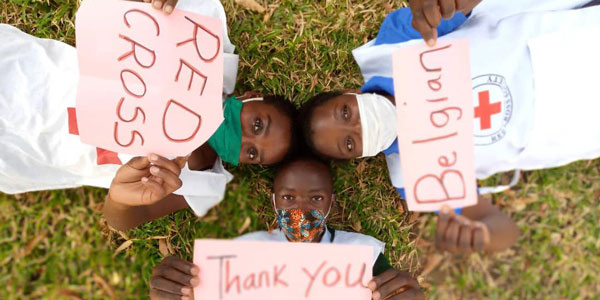
Due to the very limited number of African studies and the limited number and quality of studies for certain first aid topics, the expert panel had a very prominent role in the development of the educational pathway and the training materials. Their expert opinion was crucial to not only adapt the materials to the African context, but also to fill in the many gaps. This stresses the importance of finding a balanced panel of practitioners, academic and field experts, geographically spread, to be able to move from evidence to practice, and to increase the chances of local implementation and effective training of children in these areas.
Further Resources
• The educational pathway is available free of charge on request here.
• A peer-reviewed publication describing this research project and containing all the evidence summaries, is available here.
• More information on CEBaP’s projects can be found here.
• Since 2019, CEBaP also hosts Cochrane First Aid.
Authors
Emmy De Buck1,2,3, Jorien Laermans1,2, Elke Weyenbergh4, Philippe Vandekerckhove3,5
1. Centre for Evidence-Based Practice (CEBaP), Belgian Red Cross, Mechelen, Belgium
2. Cochrane First Aid, Mechelen, Belgium
3. Department of Public Health and Primary Care, Faculty of Medicine, KU Leuven, Leuven, Belgium
4. International Cooperations Department, Belgian Red Cross, Mechelen, Belgium
5. Belgian Red Cross, Mechelen, Belgium

Disclaimer
The views expressed in this this World EBHC Day Impact Story, as well as any errors or omissions, are the sole responsibility of the author and do not represent the views of the World EBHC Day Steering Committee, Official Partners or Sponsors; nor does it imply endorsement by the aforementioned parties.